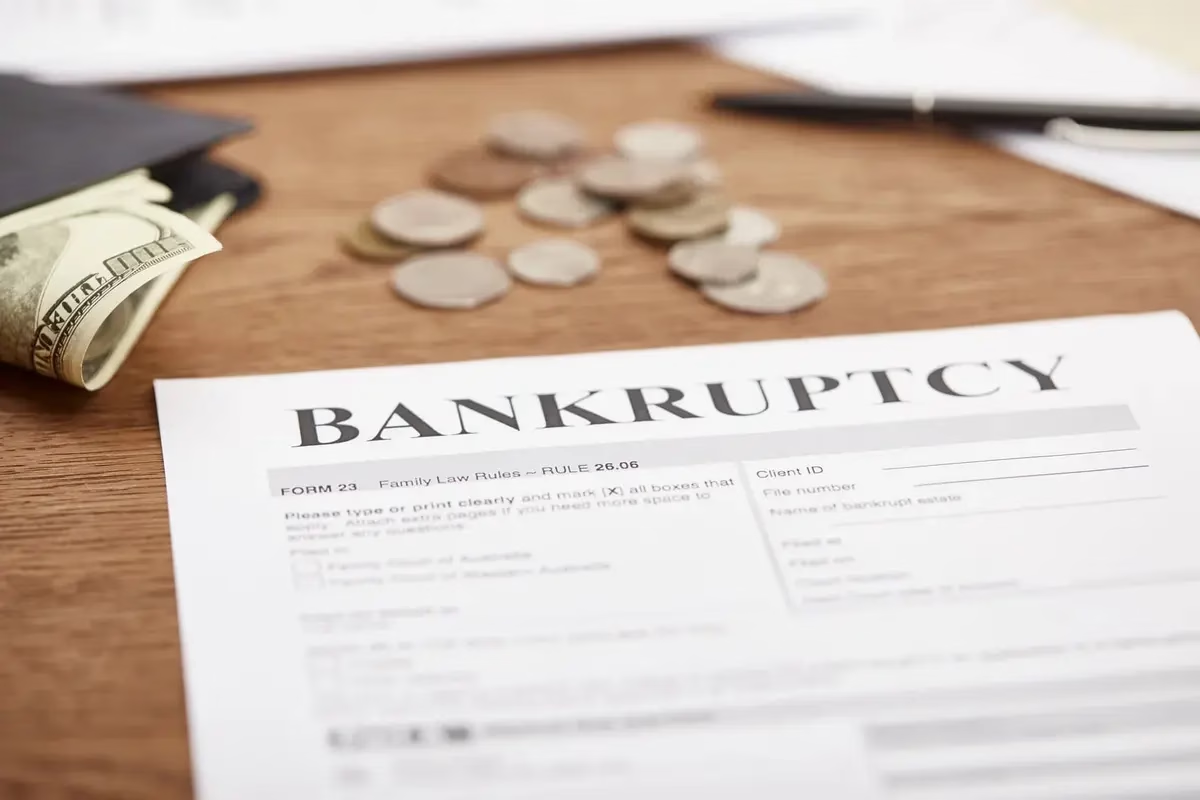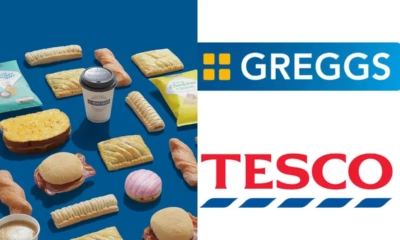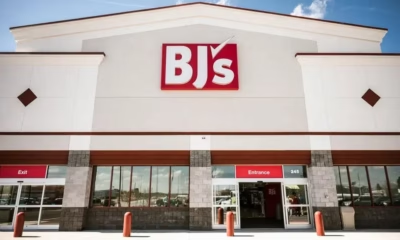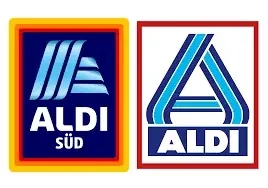Nonfood & Pharmacy
Rite Aid Files for Bankruptcy Again Amid Financial Struggles

Rite Aid Second Bankruptcy Highlights Retail Pharmacy Struggles
Financial Crisis Forces Another Chapter 11 Filing
Rite Aid has filed for bankruptcy again, marking the Rite Aid second bankruptcy in less than two years. The company’s ongoing financial instability, rising competition, and heavy debt triggered this new Chapter 11 filing.
In 2023, Rite Aid attempted to recover by cutting debt and selling assets. However, that effort did not address deeper business issues. Now, the company enters its second restructuring with fewer stores, lower revenue, and urgent financial needs.
Billions in Debt and New Funding Efforts
Rite Aid listed liabilities between $1 billion and $10 billion in its latest bankruptcy filing in New Jersey. To stay afloat, the retailer secured a $1.94 billion loan. This funding will help keep stores open and employees paid during the bankruptcy process.
CEO Matt Schroeder said Rite Aid plans to sell all remaining assets. Discussions with potential national and regional buyers have already started. He also stated the company will prioritize minimizing disruptions for customers and staff.
Store Closures and Job Cuts Continue
Although management promises continuity, the reality is grim. Rite Aid warned employees of layoffs due to failed financing efforts, according to internal communications reported by Bloomberg.
The chain now operates 1,240 stores, down from 2,000 a year ago. Shrinking store counts have particularly affected markets like Ohio and Michigan. This steep decline reflects Rite Aid’s urgent effort to offload unprofitable locations and reduce operating costs.
The First Bankruptcy Didn’t Deliver Recovery
Rite Aid’s first Chapter 11 filing in October 2023 aimed to cut debt and streamline operations. The retailer closed stores, sold its Elixir pharmacy benefits manager, and settled with key creditors. While it shed $2 billion in debt, Rite Aid still emerged with $2.5 billion owed.
The company’s transition to private ownership by lenders offered only temporary relief. Within months, financial conditions worsened again, and a Rite Aid second bankruptcy became inevitable.
Industry-Wide Pressures Mount
The problems aren’t limited to Rite Aid. Competitors like Walgreens and CVS face shrinking drug margins and mounting pressure from retail giants like Walmart and Amazon. These challenges have driven widespread store closures across the industry.
These shutdowns have sparked fears of “pharmacy deserts”—areas where communities lack access to local pharmacies. Lawmakers and groups like the National Community Pharmacists Association have raised alarms about this trend.
Walgreens Deal Signals Broader Shift
In a related development, Walgreens agreed to a $10 billion buyout by private equity firm Sycamore Partners. Just ten years ago, Walgreens carried a $100 billion valuation. This dramatic drop underscores how quickly the pharmacy retail landscape has changed.
Companies must now adapt to tighter margins, changing consumer behavior, and technological disruption—all while maintaining essential healthcare services.
Final Word: Rite Aid’s Road Ahead
The Rite Aid second bankruptcy highlights deep challenges in the retail pharmacy sector. Even with fresh funding and potential buyers, its future remains uncertain.





















